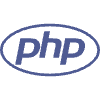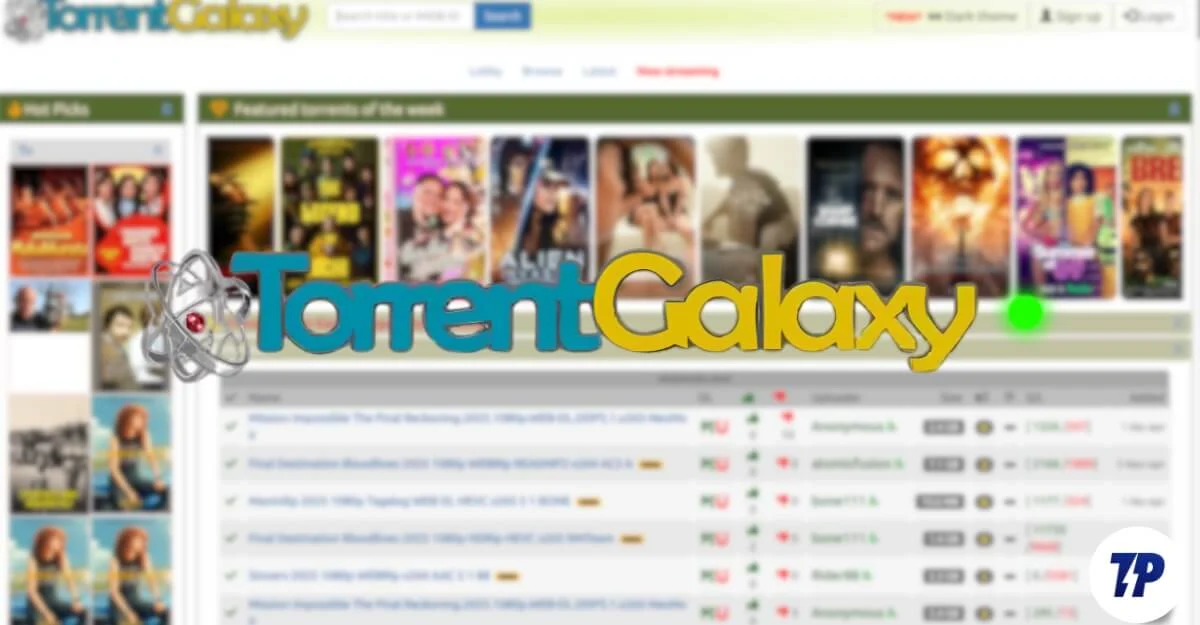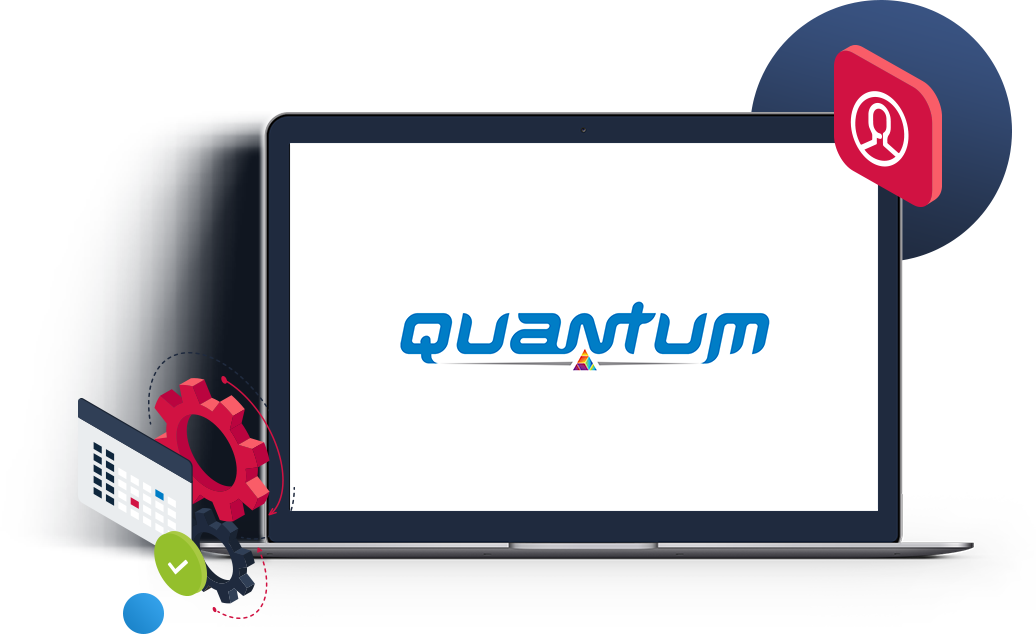In the rapidly changing world of [Note: Insert relevant industry. For example, SaaS productivity tools, data analytics platforms, cloud infrastructure] has a newcomer, Zeeroq. Zeeroq aims to solve the complexity that has been around in the competitive space by replacing the legacy players with a new sophisticated, simple and productive solution.
Is Zeeroq simply new packaging or is Zeeroq a true industry leader? Selecting a platform is a long-term consideration that could change how you work, how you pay or whether it is even viable for upgrade. This article will assess Zeeroq against a full competitive set, giving you straightforward assessments, so you can make an informed decision.
The Field: Identity the Players
Before we narrow into Zeeroq, we should map out the relevant competitive landscape, these players fall into the following categories:
The Established Giants: These types are the years-of-experience, deeply-featured monsters (example: “Company A” or “Platform B”). They are powerful, but also come with a complex learning curve, complicated pricing and legacy design that appears sluggish.
The Modern Giants: These modern, cloud-native platforms have emerged over the last 10 years (example “Service C” or “Tool D”). They have a strong legacy regarding user experience and an API-first approach, but do not approach the same overall depth of features as legacy tools.
The Highly Specialized Tools: These tools do one thing better than anything else – but do that one thing *really* well! They are simply not designed to do a lot of things. The one thing they do provides tremendous value… until some combination of factors makes it terribly frustrating to integrate.
Zeeroq clearly positions itself as an agile challenger, with one key but, which is helping to deliver on its core value proposition: simplicity as a superpower.
Where Zeeroq makes its strongest case is in its foundational just-in-time philosophy: power should not equal complexity.
The Unified Interface: Unlike most competitors that feature separate modules or force you to toggle between different dashboards, Zeeroq is built on one, unified workspace. This cuts down onboarding time, as well as your team’s cognitive load, dramatically. What might take five clicks and two screens to accomplish on a legacy platform, can often be achieved in one or two in Zeeroq.
AI-Native, Not AI-Bolted: Many of Zeeroq’s competitors are in a race to add some AI features as an add-on. Zeeroq, being a newer software platform, has AI baked into all the parts of the software. As a result, its predictive analytics, automations suggestions, and natural language processing all feel more seamless and context-aware, rather than piece-meal, clunky features you can go find.
Transparent, Predictable Pricing: Legacy giants are notorious for difficult pricing schemes, if you happen to go with one of them it will definitely be tiered and incredibly difficult to forecast a budget – the cost rises as add-ons pile on. Zeeroq has a simple and transparent subscription model that includes certain features as standard. Budgeting becomes much less difficult to forecast.
The Head-to-Head: Key Differentiators at a Glance
| Feature Area | Zeeroq | Typical Legacy Giant | Typical Agile Challenger |
| Onboarding & Ease of Use | Low-code/No-code setup; intuitive UI. | Steep learning curve; often requires expert training. | Generally user-friendly, but can become complex at scale. |
| Integration Ecosystem | Curated, pre-built connectors for major tools; robust API. | Vast marketplace, but integrations can be fragile and costly. | Strong API, but fewer native, pre-built connectors. |
| Advanced Customization | Guided, template-based customization. | Highly customizable, but requires specialized technical skills. | Limited to mid-level customization options. |
| Pricing Model | Simple, all-inclusive tiers. | Complex, à la carte pricing that can lead to bill shock. | Simple entry, but key features often locked in higher tiers. |
| Innovation Speed | Rapid, quarterly feature releases driven by user feedback. | Slower, annual major updates burdened by legacy code. |
Where Zeeroq Encounters Firm Opponents
No platform is perfect, and a rational perspective will force us to clearly see areas where competitors are still appreciably more capable than Zeeroq.
- The Depth of Maturity: A legacy giant, “Company A”, has existed in the wild for over 15 years. The set of features is deep and Company A has demonstrated an ability to juggle massive, highly complex workloads required by enterprise giants. Zeeroq is still showing us it can scale, over the very long term, on the super high-end.
- The Ecosystem Lock-In: If you are a business that is already way into a competitor’s ecosystem (as in, using their entire suite of products), then the cost and hassle of moving to Zeeroq may just not justify the cleaner design. Ecosystem opponents have made sure, when you buy their suite, you don’t have to think about integration between their own products; that causes a lot of surface stickiness.
- Niche Feature Gaps: Zeeroq does a good job on core functionality, but there could always be a niche specialist that has a specific, advanced feature that matters for some use cases. For example, a competitor might have an edge with an advanced module for regulatory reporting in a specific sector.
The Conclusion: Who is the Right Fit for Zeeroq?
The decision comes down entirely to the profile of your organization.
Choose Zeeroq if:
- You are a startup, SMB, or agile enterprise team that values speed and agility.
- Your team cares about user adoption and minimal time to train.
- You want a clean, modern interface without sacrificing the underlying power.
- You are tired of the cumbersome features and costs of legacy tools and want a value-focused, stripped-down alternative.
Stick with a Competitor if:
- Your enterprise needs hyper-specific, deep-level customizations that only a legacy platform with maturity can provide.
- You are locked into an ecosystem and changing costs too much.
- Your organization needs one function that is hyper-specific and a niche expert does it perfectly.
The Bottom Line:
Zeeroq is not just another competent rival; it’s a rebellious alternative to the man. Zeeroq demonstrates that software can be both enterprise-grade powerful, and, enjoyable to use. To be clear, it may not unseat the entrenched titans all the time (yet), but, it represents the clear and strong future state of the space—where the platform that empowers you shouldn’t also dominate you. To put it simply, the choice isn’t whether one solution has the nth feature or customizability of another, rather, what philosophy will you choose to anchor your growth for the next decade.













Leave a Reply